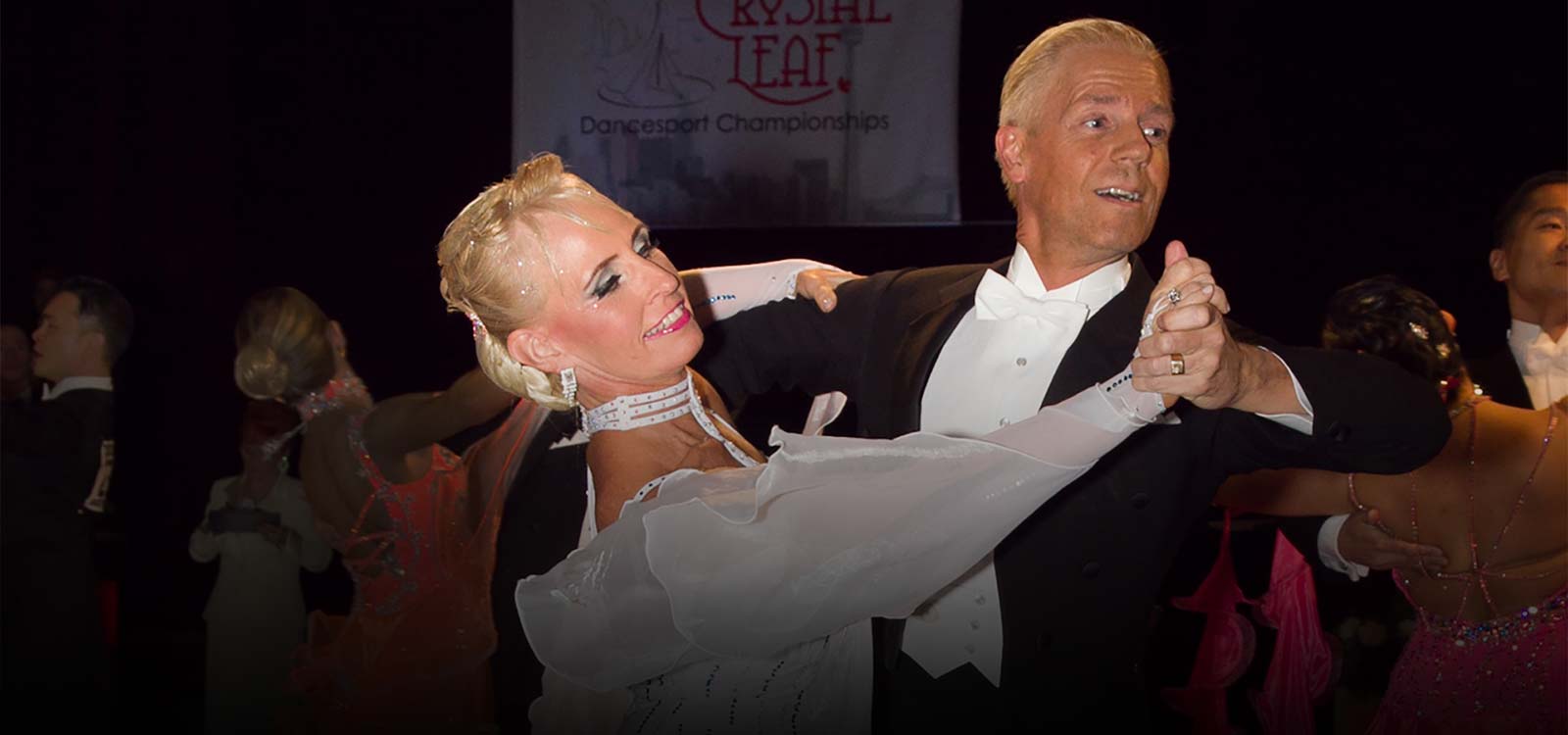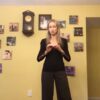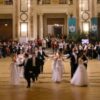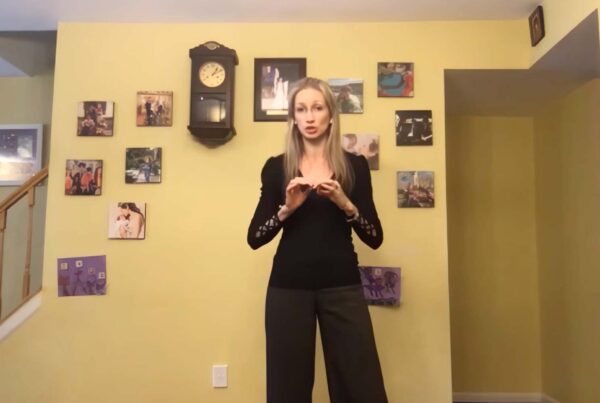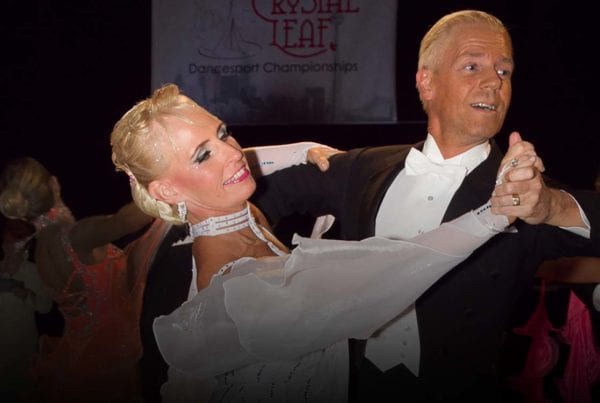The Slow Foxtrot evolved from the Foxtrot but is a completely different dance. It’s generally considered to be the most challenging of all the ballroom dances to master due to the control that’s required to make it look good.
This is a comprehensive course. Though presented in video form, it's the same program we teach in our four-week Intermediate Slow Foxtrot group class series. Totaling about two hours in length, this thorough course is broken down into 10 individual pieces that cover the same groups listed in our downloadable choreography guide.
You'll learn Bronze, Silver and even some Gold figures, and you'll learn how to put the different figures together to create interesting choreography for your dancing. Each group includes one new figure that we show you in considerable detail so that you understand the principles you'll need to know to look great on the dance floor and to lead or follow the figure effectively.
This video program is available to all Delta Dance members.
Curriculum
This course totals about two hours in length, but is divided into 9 different choreography groups to make it easy for you to learn the figures in a proven step-by-step process.
Introduction (length 8:49)
In this introductory section we cover some basic principles of how the Slow Foxtrot moves, with a distinctive rolling action of the feet. We also show you the importance of maintaining body weight in between the feet throughout the dance.
Group 1: Feather Step and Three Step (length 13:45)
The most basic two figures in Slow Foxtrot, yet a combination that is danced even at the highest skill level. This pair of figures can be danced continuously around the room to help you develop good technique.
Group 2: Reverse Turn and Feather Finish (length 24:45)
The longest combination in this course, this session shows you how the Slow Foxtrot moves in a constant zig zag pattern across the floor. A common combination for social dancing, this group begins with a Feather Step, followed by a Reverse Turn, Feather Finish, Three Step, Natural Turn and Heel Pull (Hesitation).
Group 3: The Natural Weave (length 14:46)
This Bronze figure begins with a Natural Turn (lady's heel turn) then continues with six quick steps that require special technique to succeed. We end with a Change of Direction.
Group 4: The Basic Weave (length 8:42)
A beautiful figure when danced well, we like to start this from a Reverse Turn with a Check. We show you how to dance this combination nicely.
Group 5: The Hover Telemark (length 6:32)
Although this is a Silver figure, it's actually quite easy. Despite being a simple step pattern, it's often danced poorly so we show you how to make it look good and the common pitfalls to avoid.
Group 6: Curved Feather to Back Feather (length 13:13)
We begin this group with a Closed Telemark, followed by the Curved Feather and Back Feather. Alignments and other details are important with this group.
Group 7: Reverse Wave to Heel Pull (length 9:43)
The Reverse Wave is the opposite of the Three Step, with the man traveling backwards. We finish with a Heel Pull (Hesitation) to turn a corner.
Group 8: Reverse Wave to Impetus (length 10:08)
In the Impetus turn, the gentleman performs a heel turn to the right. We show you the technique to perform this figure, and add on the Open Impetus variation with additional insight on how to lead the opening action correctly. We also cover the Continuous Wave.
Group 9: The Top Spin (length 6:51)
Often used to avoid a collision or quickly change directions in a corner, the Top Spin is a Silver figure that is much like dancing an interrupted Feather Step followed immediately by a Feather Finish.

Members-Only Content
This content is available to Delta Dance members only. Membership grants you access to special content, our members-only videos, and downloadable choreography and technical guides. You may cancel at any time.
Click here to register or login below with your membership credentials.


